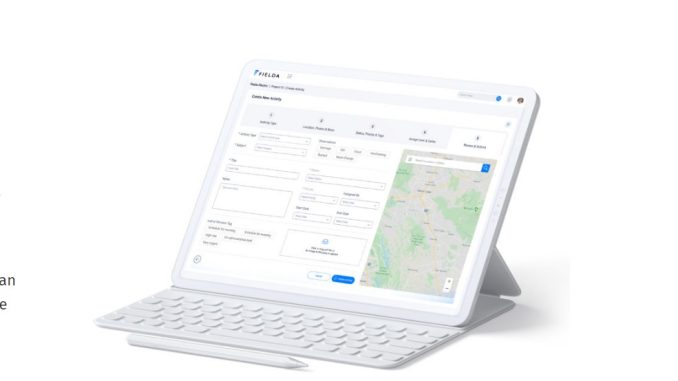
Data collection is gathering information from a sample population for various purposes, including research, marketing, and sales. Data collection helps verify assumptions and gives you the data you need to make decisions. If you’re not careful, your data collection process can cause your project to fail.
There are a few frequent mistakes that people make when collecting data. The most common of these is not writing down the data they’re collecting but just making notes on what they’re doing. This can lead to inaccurate information, making it difficult to sort the data later. In this blog post, you shall learn five ways to improve your data collection process so that it can be done without getting in the way of getting the work done.
Get a data-collecting app
Data collection apps are designed to make your work easier. They can help you collect data faster, more accurately, and in the field. Some apps even allow you to collect data from multiple sources on one device! If you’re seeking a way to enhance your data collection process but need help figuring out where to start, a data collection app is the best place.
Use your app to track the time it takes to do different tasks
To determine how much time it takes to complete various tasks, use the app’s data tools. For example:
- Track the time it takes to perform each task in your daily routine and compare that with previous days or weeks.
- Analyze these results by comparing them against others who have used similar apps or tools, such as Google Analytics for Business. This will help identify areas where improvements can be made so that your work tasks are completed faster and more efficiently.
Get information only when needed
The next step is determining what you need and how much information you can collect with your current resources. You shouldn’t be gathering information just because it’s there or because someone told you to do so. If something isn’t related to the project at hand, then stop doing it right away!
You need as much information as necessary for each project/business activity. This will help ensure the accuracy of results while minimizing costs associated with collecting inaccurate data.
Limit the number of records you process at once
One of the essential things you can do to improve the speed and accuracy of your data collection is to limit the number of records you process at once. For example, suppose you have a database full of customer information and want to send an email out with specific details about each customer.
In that case, it’s better to split this task into multiple smaller steps instead of trying to process everything all at once. You’ll get much better results this way because each step will be more efficient than if it were processed all at once.
Be organized to find what you need
One of the best ways to improve data collection is by being organized. If you have a lot of information and don’t know where it’s located, it will be harder to find what you need when it comes time to analyze and make decisions about your research results.
So, make sure that all documents are stored in order from oldest to newest so that they can be accessed quickly later on down the line. Similarly, if someone wants access today but hasn’t been able yet because all their current research needs are still fresh in their mind from last week/month/year, etc. Then try organizing things chronologically based on places where these types of events typically occur.
Conclusion
Data collection is an essential part of any project, and it is a process that requires careful attention on the part of the data collector and their team. You can use any data collection app for your data collection process. By taking these steps, you can make sure that your data collection is as accurate and effective as possible.






